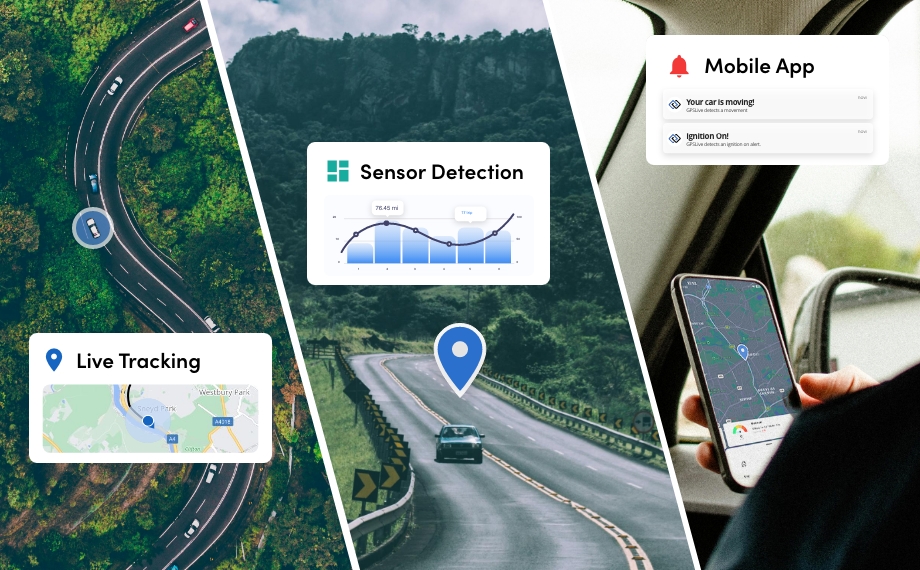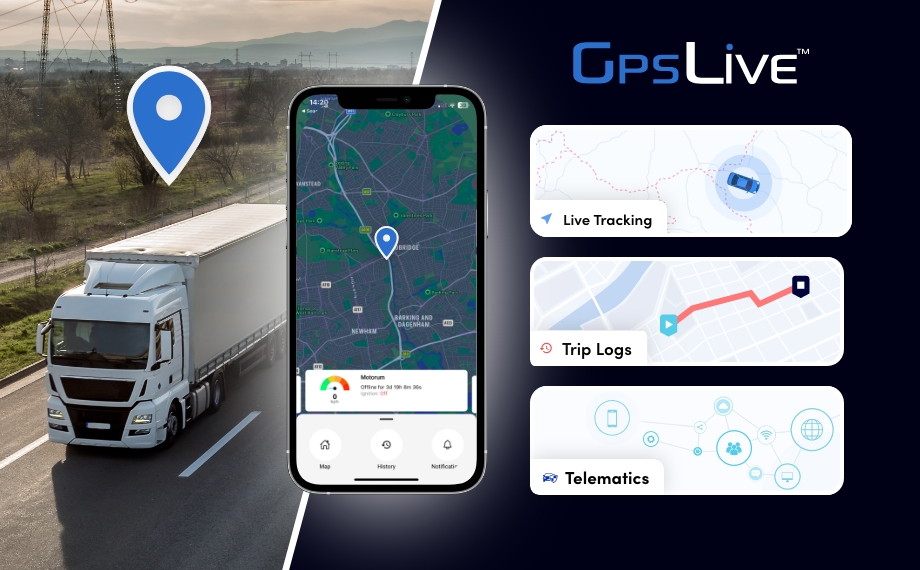What was invented in the 1960s to track the movement of assets in the US has now gained immense popularity. A combination of two terms: ‘telecommunication’ and ‘informatics,’ telematics is tracking vehicles, equipment, and other assets using onboard diagnostics and GPS tracking technology.
Telematics has become one of the significant prerequisites whether you’re managing a fleet business or buying a personal car. The ability to monitor the whereabouts of your assets gives the maximum peace of mind that they’re safe and secure.
Undoubtedly, telematics in the automotive industry has been the hottest trend in recent years. Studies show that wireless systems in the fleet industry will grow by around 39% in 2024. The addition of video capabilities further bolsters the awareness of telematics and GPS technology.
Long-haul truck fleets are the significant adopters of video telematics primarily for identifying the liability for accidents and other events. Besides, insurance benefits and security from video telematics have garnered immense satisfaction from fleet companies
The telematics market is estimated to be valued at around USD 48.10 billion in 2024 and is expected to grow to USD 77.64 billion by 2029. Growing at a CAGR of a staggering 10.05%, the telematics industry is sure to achieve predominance in 2024.
As we enter 2024, a new year brings new possibilities and opportunities for transformative change. Likewise, telematics will redefine the automotive sector alongside the rise of autonomous driving and electric vehicles.
Let’s understand the latest telematics trends that will dominate 2024 and the coming years to help you stay ahead of the curve.
5G Connectivity
While the launch of 5G gained immense limelight in 2023, 2024 will be about the widespread adoption of 5G. 5G will bring significant advancements and improvements in various aspects of telematics. Its faster data transmission and lower latency will lead to more accurate data-driven decisions.

Real-time analytics will be possible without lags and ensure seamless vehicle communication. High-level precision and super-fast speed will boost faster decision-making and responsiveness in the fleet industry. 2024 is well poised for 5G telematics, empowering companies to enhance Vehicle-to-everything (V2X) communication.
Smartphone Telematics
While telematics providers offer smartphone apps, 2024 will witness more adoption of smartphone telematics for remote diagnostics. With robust customer engagement features, mobile telematics apps become an essential tool for fleet managers to manage daily operations.
Additionally, it helps reduce UBI (Usage-based Insurance) technology costs, with fleet companies still enjoying usage-based insurance benefits. As insurance agencies don’t have to pay for the deployment of UBI hardware, the accuracy of data remains high. In 2024, we can expect more insurance agencies to shift to smartphone based UBI policies. This helps them to reduce expenses, expand profits, and provide more discounts to fleet companies.
Integration of AR (Augmented Reality) and VR (Virtual Reality)
Artificial intelligence in telematics is already enhancing its value proposition with features like impact and motion detection or determining drive fatigue. Nevertheless, emerging technologies like AR and VR are expected to improve user experience and change how fleet companies interact with vehicular data.
VR can develop 3D maps for better visualisation, helping fleet admins with better routing and drivers with better navigation. When integrated with telematics, AR Heads-Up Displays can pop up important information or warnings onto the windshield, promoting safer driving. VR can offer a three-dimensional view of vehicle performance, adding more value to the telematics data.
There are endless avenues that AR and VR can provide to current telematics systems, making them more intuitive and adaptable to the evolving needs of the automotive industry.
Data Security
As the adoption of telematics grows, so does the volume of data. Hence, protecting sensitive data becomes critical. Connected vehicles are already witnessing cyber threats and misuse of organisational data. In 2024, cybersecurity in telematics will be prioritising data security and adopting data protection practices to keep data safe.
Additionally, compliance with data protection regulations like GDPR will become one of the significant objectives for fleet companies using telematics systems.
Sustainable Business Processes
The rise of electric fleets and autonomous vehicles is making a shift towards sustainability in automotive. Yet, for companies that cannot adopt electrification, telematics will be their best bet to save resources and run a sustainable business.
With optimised routing and real-time navigation, telematics can help fleet companies reduce emissions and fuel consumption. It will help them to contribute to eco-conscious fleet management and gain savings. So whether companies adopt EVs or not, telematics is bound to stay and grow in prominence.
Summing Up
2024 will provide remarkable opportunities for exciting advancements in telematics systems. These new trends will not only open new ways for fleet companies to grow business but also enhance our daily lives. The emergence of smart cities and related developments is evident enough to help us understand how rapidly the world is advancing. Likewise, the future of telematics will likely become even more integral to improving safety applications, efficiency, and overall vehicle management.

